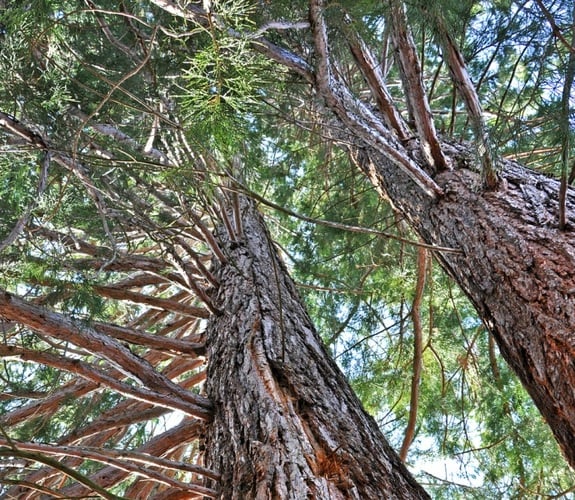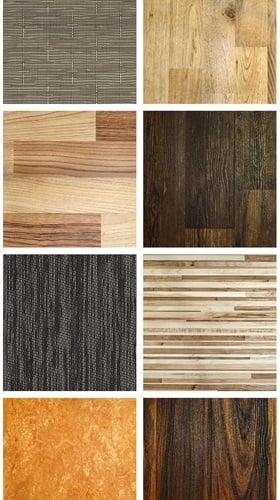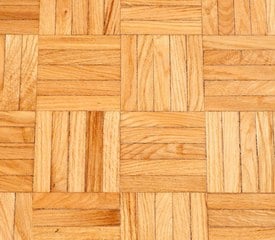
WHAT DO I NEED TO KNOW IN ORDER TO CHOOSE THE RIGHT WOOD FLOORING?
FEATURES AND DIFFERENCES




Types of woods for parquet: features and differences. We can divide the types of wood commonly used for parquet into two broad categories: conifer and broad-leaf. The latter of these two types is most popular for its greater density and hardness, its more attractive colouring and wide range of aesthetically pleasing grain patterns. In addition to hardness other factors to be considered are degree of absorption, scratch-resistance, stability, slipperiness, sound and heat transmission and fire and stain resistance. The characteristics of parquet are fully covered in EU standards, such as EN 13226 which classifies the types of wood according to their integrity and aesthetic aspects.
Differences between multi-layer and solid wood. Hardwood flooring can be either multi-layered or solid wood. Although multi-layered flooring is made entirely from wood, it is assembled as a series of layers of different types of wood and this type is most widely used these days because of the favourable form stability and ease of assembly. Solid wood parquet, on the other hand, consists of a single piece of the same type of wood. Laminates are altogether different, being an industrial product constructed from wood and oil derivatives, assembled with glue and other chemicals.
Which wood to choose for what? Other than flooring to be used for sports, which is laid to its own set of standards, the choice is mainly based on aesthetics. Naturally a harder wood is preferable in terms of lengthening the life of the parquet. These days sustainability is also an issue of great interest and therefore wood from certified forests is ever more in demand. This is also true of the products used to protect and enhance it. High-quality brands with European certification, such Ecolabel, guarantee that all stages in their manufacture are compliant with EU standards.Finally, it must be remembered that parquet flooring of itself does not come with a guarantee of long life, because we are not dealing with a single element but rather a system of which the wood is one part. It is vital that the screed, preparatory adhesion products and bonding or assembly systems are all perfectly executed and the job is completed with an appropriate finishing system. The finishing products are the elements that guarantee that the wood maintains its aesthetic appeal over time.
Gaps: what they are and when they appear. Wood parquet is normally supplied and laid in conditions of controlled temperature and humidity. Naturally it must be remembered that weather conditions can vary enormously over the course of the seasons and wood, being a natural, organic material, has considerable powers of absorption making it react by swelling then shrinking back and making it possible for gaps to appear. These are not to be considered as faults in the material, but as one of its natural effects. These days multi-layer systems provide good dimensional stability and reduce the likelihood of gaps appearing. Moreover, modern surface treatments also make a contribution to reducing the absorption of moisture. This effect can be achieved with sealing varnishes that close the pores of the wood, something that open-pored systems such as oils cannot guarantee.
Heat transmission. By its very nature, wood is pleasantly warm to the touch, and its heat transmission capacity, if used with wood of a suitable thickness, will have no adverse effect on the use of under-floor radiant heating.Obviously the heat transmission capacity of the parquet depends on the way it is laid, the type of timber used, its thickness, if it is solid wood, or, if it is multi-layer, on the properties and thickness of the individual layers.

